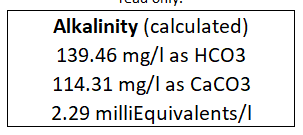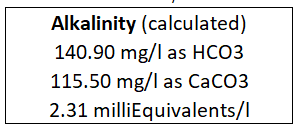Shenanigans
Well-Known Member
OK as long as you didn't bottle you should be fine as it will always be cold in the keg and shouldn't restart and if it does you can burp the kegYep, it's in the keg, has been for a few weeks now. It tastes fine but definitely is a little sweet and has too much body, both completely expected. I've thought about pitching a little more yeast into it, and can warm it back up to room temp for that, but I'm not sure it's worth it for the ~ 2 gallons I have left.
Normally I'd pitch in the upper 60's F and hold it there, then take it to 70 maybe 72 F after 3-4 days. I sometimes grab the fermenter and give it as much shake as I can manage. I usually run a starter too. Other than letting it get a bit warm and then cool it down this time, I seem to have a pretty good and consistent routine and it normally works.
I may consider a co-pitch a few days in, and hope there's something left for it to ferment and that the 1968 hasn't gone too far already. I do use about 10% invert but it goes in for the boil. That would be interesting to hold back a little until fermentation, hmm. Or even something silly like tossing in a cup of sugar.
Ugh I have to start thinking about owning a Tilt. I so rarely have an issue I've never felt the need for one.
Now that I think about it I remember after a few bad experiences with that yeast I decided to only use it when kegging, normally some kind of IPA like Union Jack. For English-style bottled beer I usually use a more forgiving yeast that needs less attention.















































![Craft A Brew - Safale S-04 Dry Yeast - Fermentis - English Ale Dry Yeast - For English and American Ales and Hard Apple Ciders - Ingredients for Home Brewing - Beer Making Supplies - [1 Pack]](https://m.media-amazon.com/images/I/41fVGNh6JfL._SL500_.jpg)












